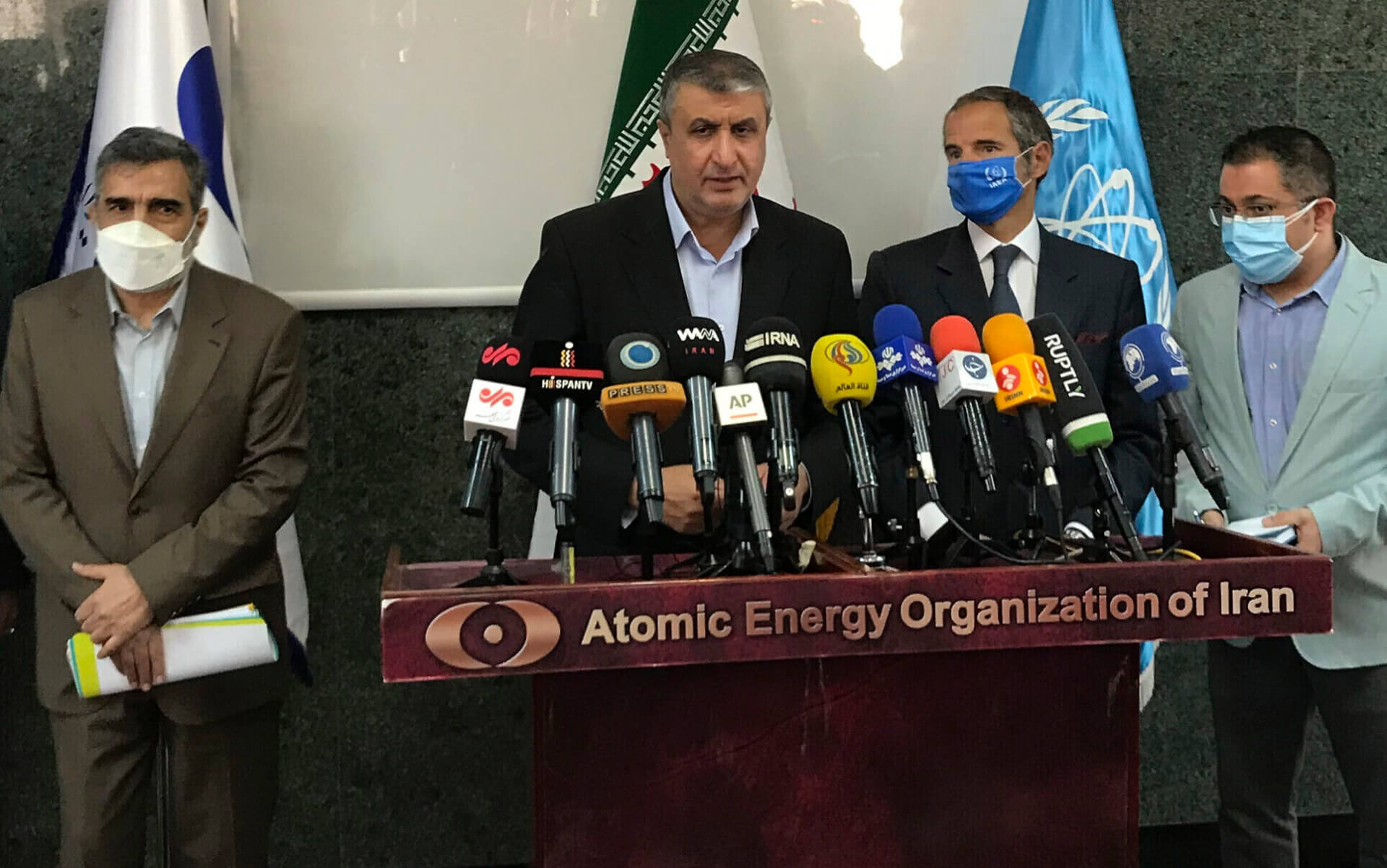Iran has agreed to let the International Atomic Energy Agency (IAEA) re-install surveillance cameras at the Karaj nuclear facility, a key site that manufactures centrifuges. However, according to the agreement, Iran will not allow the IAEA to view the videos captured from the camera.
The IAEA called the move an “important development” for its “verification and monitoring activities in Iran.” The nuclear watchdog said that reinstalling cameras would “enable us to resume necessary continuity of knowledge at this facility.”
“This is important for verification under the Iran nuclear deal, and work will continue to address other outstanding safeguards issues,” IAEA Director-General Rafael Grossi said on Wednesday. A statement released by the IAEA on Wednesday noted that “Iran and the Agency will conduct a series of exchanges of information and assessments including through meetings of experts,” with the aim of resolving outstanding issues, referring to Iran’s decision not to allow full access to footage from the cameras.
According to the 2015 deal, Iran agreed to the Additional Protocol (AP) agreement, which gave the IAEA access to hundreds of thousands of images captured daily by cameras installed in Iranian nuclear sites. Following former United States (US) President Donald Trump’s unilateral withdrawal from the 2015 deal in 2018 and the re-imposition of economic sanctions on Iran, the country’s lawmakers approved a plan to suspend the implementation of the AP in 2020.
.@IAEAorg to install new surveillance cameras at Karaj centrifuge workshop in coming days under my agreement today with Atomic Energy Organization of #Iran. 🔗https://t.co/MIGeIWwGq3 pic.twitter.com/TPrhxZfgaz
— Rafael MarianoGrossi (@rafaelmgrossi) December 15, 2021
Following an attack on the Karaj facility in June, which Iran blames on Israel, Tehran ended the IAEA’s access to cameras in the plant. In August, it started ramping up the production of advanced centrifuges in Karaj to increase its uranium enrichment, complicating efforts to revive the 2015 nuclear deal.
Moreover, the West has expressed concerns over the recent nuclear moves by Tehran and said that Iran is acting in bad faith. The US and the European Union (EU) have accused Iran of violating its commitments under the JCPOA and of taking escalatory measures that have resulted in a “nuclear crisis.”
Earlier this month, the IAEA accused Iran of enriching uranium with highly advanced centrifuges at its Fordow nuclear power plant. The nuclear watchdog said that Tehran has started the process of enriching uranium to 20% purity using a cluster of 166 advanced IR-6 machines at Fordow. The IAEA also reported in August that Iran has been enriching uranium to 60% fissile purity, closer to the weapons-grade level of 90%. The 2015 deal stated that Iran could only enrich uranium up to 3.67% for the next 15 years.
Iran and world powers resumed the seventh round of nuclear negotiations in Vienna to restore the JCPOA after Iran abruptly ended talks in June. Tehran has demanded that Washington remove all sanctions and guarantee that it will never withdraw from the deal once signed.

